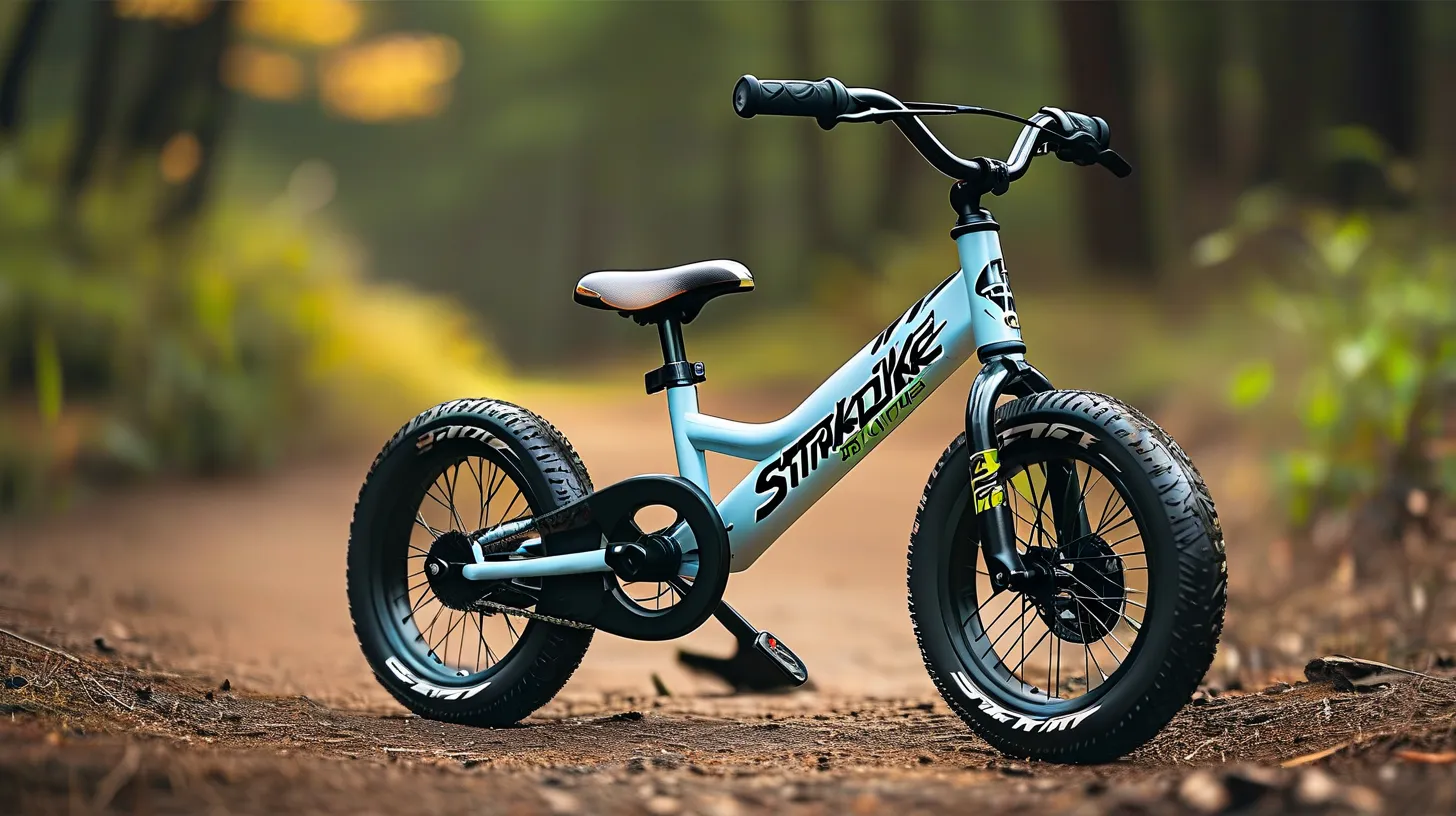Getting the Most Out of Your Strider Bike KMT: A Parent’s Guide to Effective Balance Training
Balance bikes have revolutionized early childhood development by teaching kids core motor skills in a fun, intuitive way. The Strider Bike KMT stands out as a top-tier choice for parents seeking a lightweight, adjustable option to nurture their child’s coordination and confidence. This guide dives into practical tips for optimizing the bike’s unique features while addressing common questions about safety, adjustments, and long-term use.
Why Balance Training Matters for Early Development
Pediatric experts, including the American Academy of Pediatrics, emphasize that balance training during early childhood strengthens gross motor skills and spatial awareness[^1]. Unlike traditional bikes with training wheels, balance bikes like the Strider KMT encourage natural weight-shifting movements. Studies show kids who use balance bikes transition to pedal bikes 2-3 times faster than those using training wheels[^2].
Step 1: Perfecting the Fit for Your Child’s Growth
The Strider KMT’s adjustable seat and handlebars are engineered to grow with your child. Follow these steps to ensure proper ergonomics:
– Seat Height: Position the seat so your child’s knees bend slightly (about 25°) when seated. Measure inseam length and set the seat 1-1.5 inches below it initially.
– Handlebar Height: Align bars at chest level to promote an upright posture. The KMT’s tool-free adjustment lever allows quick tweaks as your child grows.
Pro Tip: Check the fit every 3-4 months. Most kids gain 1.5-2 inches in height annually during ages 2-5[^3].
Safety First: Building Confidence on Two Wheels
Safety is critical for fostering a positive experience. The Strider KMT’s 6-pound frame minimizes injury risk during falls, but these strategies add extra protection:
1. Footwear: Use closed-toe shoes with grippy soles (avoid sandals or crocs).
2. Terrain: Start on flat, paved surfaces before progressing to gentle slopes or grass.
3. Helmet Fit: Ensure CPSC-certified helmets sit level, covering the forehead without tilting back.
The bike’s puncture-proof tires and low center of gravity further reduce tipping hazards, as noted in ASTM International’s toy safety standards[^4].
Advanced Techniques for Skill Progression
Once your child masters gliding, use these drills to boost their skills:
1. Obstacle Courses
Set up cones or chalk lines to practice steering precision. The KMT’s 12-inch wheels handle tight turns effortlessly.
2. “Feet-Up” Challenges
Encourage lifting both feet while rolling downhill (start with slight inclines). This builds proprioception—the body’s sense of movement—critical for biking independence.
3. Race Day Prep
Organize friendly competitions with other Strider riders. The KMT’s aircraft-grade aluminum frame supports speeds up to 6-8 mph safely[^5].
Maintenance Tips for Longevity
Extend your bike’s lifespan with routine care:
– Monthly Checks: Tighten bolts (8mm hex key included) and inspect tires for debris.
– Storage: Keep indoors to prevent UV damage to rubber components.
– Cleaning: Wipe with a damp cloth; avoid high-pressure water to protect bearings.
FAQs from Real Parents
Q: Can the Strider KMT handle rough terrain?
A: While designed for paved surfaces, its durable tires perform well on packed dirt trails or gravel. Avoid mud or deep sand.
Q: What’s the ideal age range?
A: Recommended for ages 18 months to 5 years (up to 60 lbs). Adjustability ensures it adapts as your child grows.
Q: How does the KMT differ from other Strider models?
A: The KMT features tool-free adjustments and a lighter frame compared to the Classic 12 Sport, prioritizing convenience for frequent tweaks[^6].
Final Thoughts: Investing in Lifelong Skills
The Strider Bike KMT isn’t just a toy—it’s a developmental tool that prepares kids for cycling independence while nurturing physical and cognitive growth. By optimizing its adjustable features and following progression strategies, you’ll help your child build confidence one glide at a time.
[^1]: American Academy of Pediatrics, “Physical Activity Guidelines for Preschoolers,” 2023.
[^2]: International Journal of Pediatric Obesity, “Balance Bike Efficacy Study,” 2021.
[^3]: CDC Growth Charts for Children Aged 2-5 Years.
[^4]: ASTM F963-17 Standard Consumer Safety Specification for Toy Safety.
[^5]: Strider Sports International Product Testing Data, 2024.
[^6]: Strider Bike Official Comparison Chart, 2024 Edition.




Leave a Reply